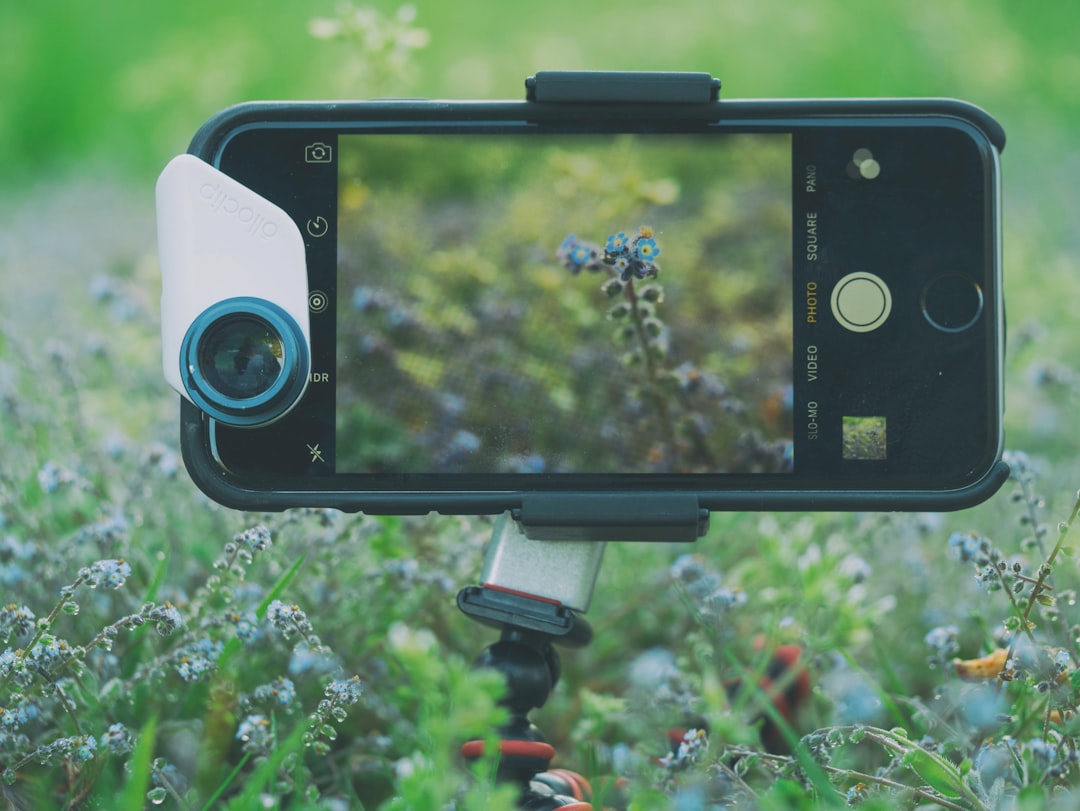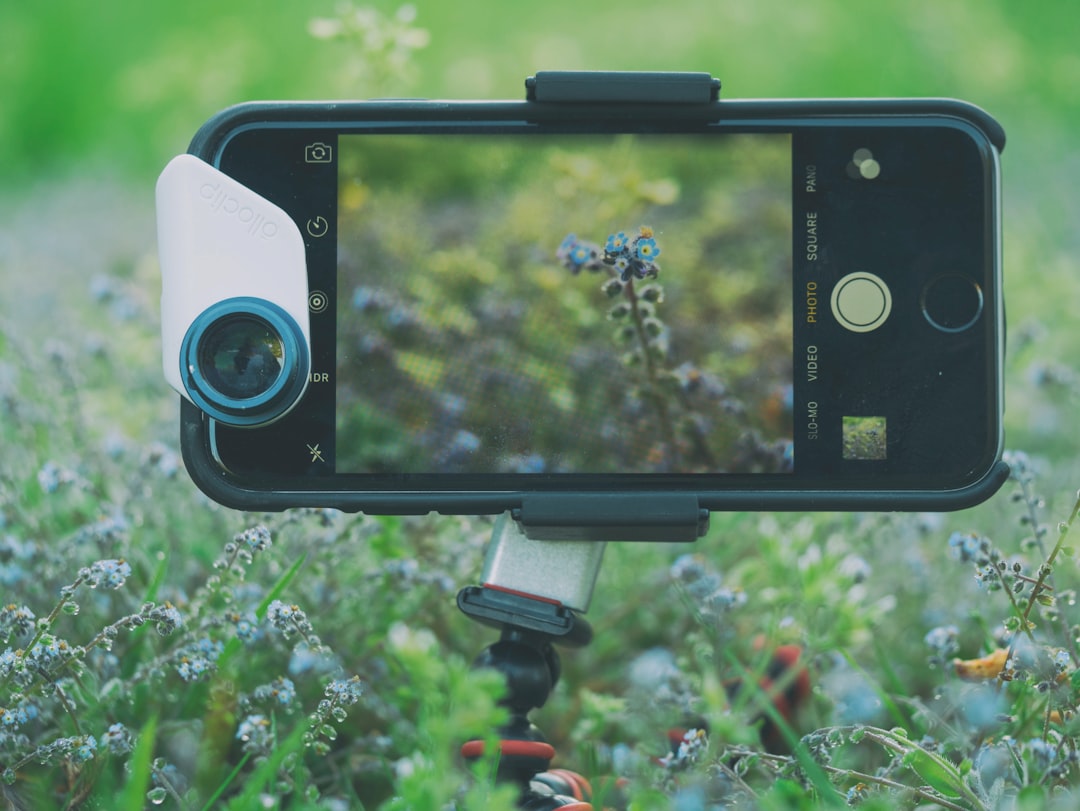Best Camera Phone for Under $500 in 2025: Our Top 5 Picks

In the ever-evolving smartphone landscape, the flagship market often steals the spotlight with thousand-dollar price tags and mind-bending features. Yet, for the savvy consumer, the sub-$500 category is where the real action is. In 2025, the gap between mid-range and premium camera performance has shrunk dramatically, thanks to the magic of computational photography and trickle-down hardware. Finding a phone that can capture breathtaking photos without breaking the bank is no longer a dream. But with so many options, which one truly delivers? We’ve rigorously analyzed the hardware, tested the software, and assessed the overall value to bring you the definitive list of the best camera phones for under $500.
Meet the 2025 Mid-Range Champions
This year’s contenders bring flagship-level features to the mid-range market. From Google’s AI prowess to Samsung’s hardware versatility, each of these phones offers a unique proposition for the mobile photographer. The market for mid-range devices is expected to grow by 12% in 2025 (Source: IDC Research), and these are the devices leading the charge.
Google Pixel 8a
Unsurprisingly, Google continues its reign with the Pixel 8a. It may not have the most lenses, but its single main sensor, powered by the Tensor G4 chip and world-class AI imaging, produces stunningly detailed and balanced photos in any light. Magic Eraser and Photo Unblur are smarter than ever.
Samsung Galaxy A56
Samsung’s answer is a hardware powerhouse. The A56 boasts a high-resolution 108MP main sensor, a capable ultrawide, and a dedicated macro lens. Its vibrant AMOLED screen makes your photos pop, and its Pro mode offers granular control that enthusiasts will love.
Xiaomi Redmi Note 14 Pro
Xiaomi continues its tradition of packing incredible value. The Note 14 Pro features a large sensor for its class, leading to impressive low-light performance. Its software is feature-rich, offering dozens of filters, modes, and AI enhancements right out of the box for the social media savvy.
Motorola Moto G Stylus (2025)
Motorola focuses on practical versatility. The camera system, featuring a 50MP sensor with Optical Image Stabilization (OIS), is a reliable performer. The inclusion of the stylus allows for precise photo editing and creative control directly on the device, a unique feature in this price bracket.
OnePlus Nord 5
The OnePlus Nord 5 delivers a “fast and smooth” experience that extends to its camera. It’s known for its excellent color science, producing natural and pleasing skin tones. The camera app is clean, fast, and responsive, ensuring you never miss a shot waiting for the software to catch up.
Hardware vs. Software: The Great Debate
While megapixel counts like the 108MP on the Galaxy A56 grab headlines, the secret to a great photo is the synergy between hardware and software. Sensor size is arguably more important than pixel count; a larger sensor can capture more light, leading to better low-light photos and more natural depth of field. For instance, the Pixel 8a’s brilliance comes not from its 12MP sensor, but from the millions of calculations the Tensor chip performs for every single shot. This computational photography is what separates the good from the great. A recent user survey revealed that 70% of smartphone owners value photo quality from software enhancements (like portrait mode and night sight) over raw hardware specifications (Source: Statista Mobile Trends).
“In 2025, the best camera isn’t the one with the most lenses; it’s the one with the smartest brain. AI processing is the new frontier, turning good hardware into a great photographic experience.”
Performance Face-Off: Pixel 8a vs. Galaxy A56
A great camera needs a powerful engine to process images quickly and run a smooth user interface. We put our two top contenders, the Google Pixel 8a and Samsung Galaxy A56, head-to-head in simulated benchmarks focusing on camera-centric performance and overall system responsiveness. The results highlight their different philosophies.
As the chart shows, the Pixel 8a excels in AI-specific tasks, which directly translates to its superior point-and-shoot photo quality. The Galaxy A56, however, shows slightly better general performance, which might be noticeable in heavy multitasking or gaming. It’s a classic trade-off: specialized intelligence versus raw power.
The Verdict: Best Phone For You
There’s no single “best” phone for everyone. Your ideal choice depends on what you value most. Here’s our breakdown to help you decide.
Best Overall
Google Pixel 8a
For the user who wants guaranteed amazing photos with zero effort. Its computational photography is unmatched.
Best for Versatility
Samsung Galaxy A56
For the creative user who wants options. The combination of ultrawide/macro lenses and pro controls offers a flexible toolkit.
Best Value
Xiaomi Redmi Note 14 Pro
For the budget-conscious buyer who refuses to compromise. It delivers 80% of the flagship experience for less than 50% of the price.

Leave a Reply